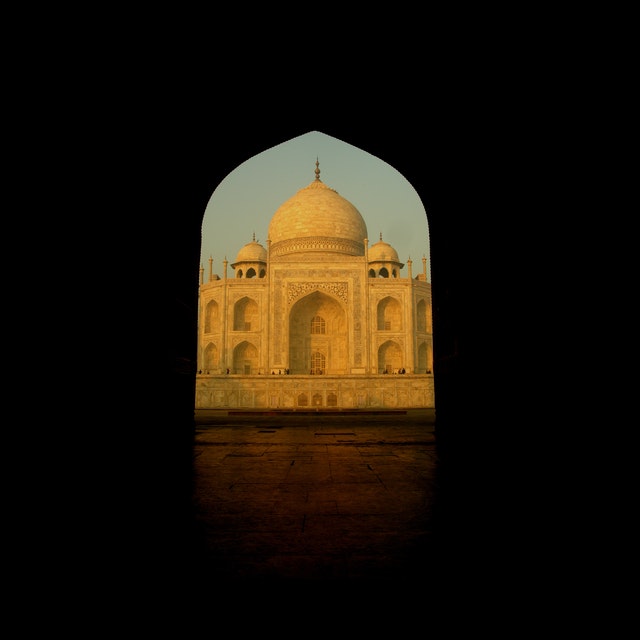Geodynamics of the Planet – What Is Its Structure?
World Geography is a division of Geography that studies the worldwide distribution of property and bounds. The study of world geography extends into the earth’s crust, but outside this particular surface. International Geography denotes the study of all of the planet’s surface inside the limits of the air, including oceans, ice caps, continental shelves, and tectonic earthquakes. It’s also concerned with changes in climate that are global in length and size. The analysis of world geography has been affected by cultural, sociological, and scientific pursuits. The analysis of global Geography distils the information necessary for understanding individual activities within a worldwide context.
World Geography – 100 Countries, 2020-2050 Every culture in the world has a unique history written into its geography. The study of world geography has become particularly significant in understanding human inhabitants and their relationships to each other and to the natural environments they occupy. For example, Africa and Asian nations compete for resources and land, whereas Europe and North America compete for sources such as oil and gas. Geography is a dynamic field that studies how folks interact and form relationships with one another across space and time.
Geodynamics of the Planet – What Is Its Structure?
Geographically speaking, there are just seven Earth’s (such as Oceania, Antarctica, Mars, Jupiter’s moons, outer solar system, and Pluto) that we know of so much about. Each of them comes with a sea bulk, a landmass, a plate border, a mountain range, tectonic plates, magma, fluid dynamics, and a worldwide supply of land masses. The other 98 percent of Earth is covered by water, with possibly devastating ocean currents, ocean basins, continental shelf, and other physical attributes. A significant part of our geological knowledge deals with identifying and understanding links among the different geological structures of the planet. These include mountain ranges, which divide and construction of the planet into convex components (such as tectonic plates) and planar components (landmasses).
You will find just six continents and their connection
You will find just six continents and their connection to one another and the nearby magnetic north pole is well known. These are the African continent, Asia, North America, South America, Marsupials (mallards and pouched), Antarctica, and Easter Islands. This article briefly explains how every continent is related to the others, how it is joined to the rest of the planet, how big it is, what its crust looks like, and what its geographical distribution and relationships with other continents would be similar to.
Africa continents – The western and eastern Africa continents are divided from the Sea of Magadi. The latter contains Magadi basins, oases, rivers, lakes, volcanoes, an oasis, and rift valley. It’s the lowest continent by bulk, with roughly four and a half times the continental burden of those western Africa continents. Its magnetic North Pole can be weakly magnetic, although it is very much the pole of the solar system.
Antarctica plate – This is the only continent without continental or ocean-based continent borders, because it is composed of many islands that are attached to each other by narrow passageways that link the islands at their lowest points. Antarctica has reduced gravity, which means that there aren’t any clouds or soil ice that form over ice shelves in the interior. This usually means it has a global temperature similar to that of the earth’s ocean, which has the lowest temperatures of all the terrestrial planets. Additionally, it has oceans, seas, lakes, polar ice, snow, fog, tropical storms, glaciers, volcanoes, geothermal fields, geysers, as well as plastic vents, making it the most diverse place in the Solar System.
The distribution of the significant land masses on this model is quite uneven, which accounts for the fantastic range of terrestrial surface areas on the surface of this world. Just two of the seven continents possess substantial land areas: Africa and Antarctica. Among the major disagreements is that there are substantial quantities of water on the rods, while there’s virtually no water on the interior side of the planet. Another major difference is that the Earth’s continental margins are much greater than their internal sides.

This study gives us some extra information concerning the composition of this odd and one of a kind planet
This study gives us some extra information concerning the composition of this odd and one of a kind planet. It shows that it owns two main types of continental crust: continental rift crust and tectonic plate. Continental rift crust includes an edge zone, which is higher than the ordinary foundation of this formation, whereas tectonic plate consists of a single edge that’s higher than the traditional foundation, and that is subject to folding and slipping one of itself over time. The analysis also demonstrates that there are lots of tiny volcanoes in Antarctica and the entire volume of the planet is about ten times greater than that of Earth.


